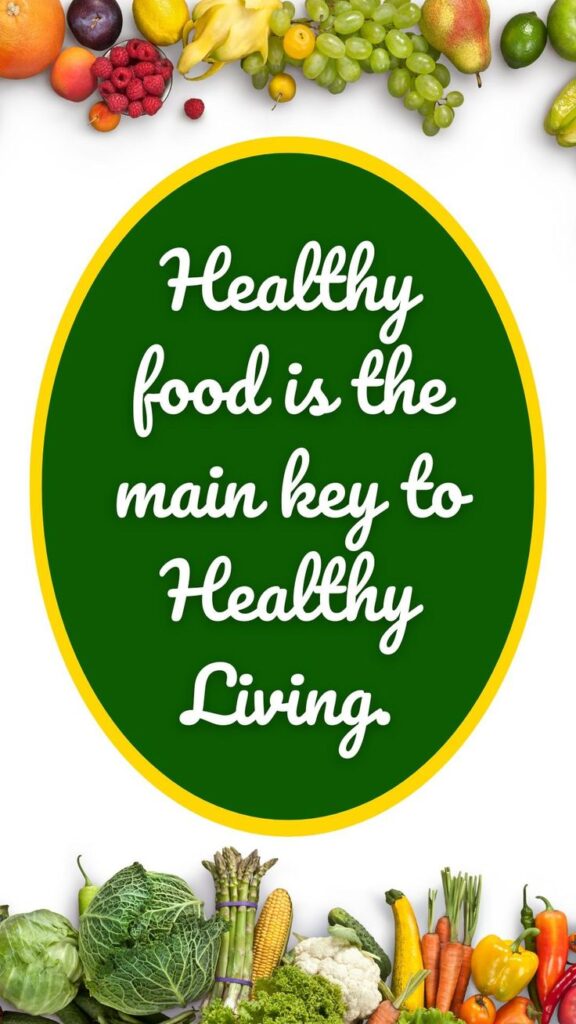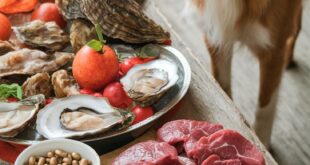
SOURCES OF PROTIENS
Why Eat High-Protein Plant Foods? Protein is vital for muscle repair, hormone production and maintaining an efficient metabolism. While animal sources of protein contain all nine essential amino acids necessary for health benefits, plant sources of protein may still prove highly effective when eaten regularly in varied forms.
Add fruits and vegetables with high levels of proteins:
Increase fiber intake to boost vitamin and antioxidant levels
Maintain your gut health for optimal weight management
VEGETABLES WITH HIGH PROTIENS
1.Spinach (2.9g per 100g) This leafy green contains abundant quantities of iron, magnesium and plant-based proteins which make it perfect for salads, smoothies or sautéing with garlic.
Pro Tip: Combine iron-rich foods such as tomatoes or citrus for optimal iron absorption.
2.Broccoli (2.8g per 100g)
Broccoli stands out among vegetables for being packed full of essential fiber, vitamin K and antioxidant nutrients.
Add it to: Stir-fries, roasted veggie bowls or steam as a side with lemon and olive oil.
3.Brussels Sprouts (3 g per 100g)
These tiny cabbages pack an abundance of protein and detoxifying sulfur compounds.
They also boast high concentrations of omega-3 ALA for heart health benefits!
4.Green Peas (5g per 100g)
This food boasts one of the highest protein concentrations per 100 grams consumed and also is rich in dietary fiber and micronutrients.
5.Asparagus (2.2g per 100g) Low in calories and rich with folate and vitamin K. Additionally it also provides small but essential quantities of protein
FRUITS WITH HIGH PROTIENS
1.Guava (2.6g per 100g) Its This exotic fruit not only offers delicious taste, but is one of the highest protein fruits as well. Packed full of fiber and vitamin C.
Ideal as: A raw snack, smoothie ingredient or ingredient in fruit salads.
2. Avocado (2g per 100g)
Notorious for its abundance of healthy fats, avocado is also packed full of an impressive 2 grams per 100 grams!
Toast, salads, smoothies or as a creamy base for dressings – avocado is ideal!
3.Jackfruit (1.7g per 100g) This tropical fruit often serves as an effective meat alternative in vegan cuisine due to its texture and moderate protein content.
Add young jackfruit to tacos or sandwiches as a plant-based “pulled pork.”
4.Blackberries (2g per 100g)
Blackberries aren’t just powerhouses for antioxidants – they also boast more protein per 100g than most fruits!
Consider trying: Smoothies, oatmeal bowls or yogurt parfaits as part of a nutritious and fulfilling breakfast option.
5. Dried Apricots (3.4g per 100g)
Drying fruits is known to concentrate their nutrients–including protein. Apricots contain high concentrations of iron for an ideal snack option.
How to Increase Protein From Fruits and Vegetables
Here are a few strategies for increasing daily protein with only fruits and vegetables:
Add legumes such as lentils or chickpeas to veggie meals to provide a complete plant-based protein profile.
Pair fruits with nuts/seeds (e.g. apples with peanut butter or chia seeds in smoothies).
Combine multiple sources (like broccoli and peas together in one meal) for optimal amino acid balance.
Final Thoughts
Whether or not you follow a plant-based diet, fruits and vegetables with high protein contents can help meet both fitness and nutritional goals. Not only are these items packed full of essential nutrients but they can also provide additional advantages like fiber, antioxidants and healthy fats – perfect additions for meeting these objectives!
SEE MORE: https://nutritionnest.site/wp-admin/post.php?post=550&action=edit
 healthybodyboost.net Healthy Body Boost
healthybodyboost.net Healthy Body Boost



